FIVE is the master, the Lord of all magic -
Key to The Word that resounds among men.
Key to The Word that resounds among men.
feel like doing Magic ..... Soul Funk Fusion _ Greg Perry - Love Is Magic ( Instrumental ) - YouTube ..... take AB RA QAD AB RA
place the 5 set of Letters on the Pentagram above ..... now picture in your mind's eye the image ( best if use your finger to draw the pentagram in your mind ) .... hold that image for a short while .... now flick it with your right finger as if you wanted it to spin( your brain will do the rest ) ..... enjoy the feeling


------
you can also just print it with the letters on ..... works like a dream catcher then ....

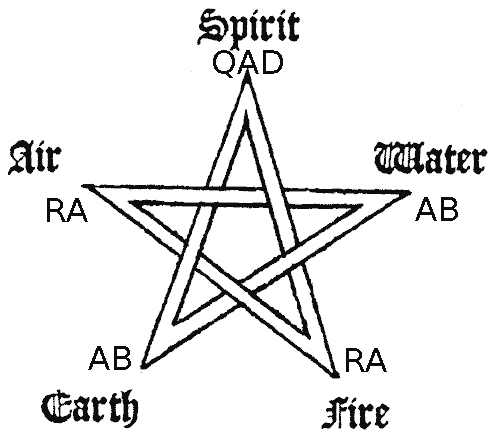
Q-D-Å* - Wikipedia, the free encyclopedia
The root qdš was used frequently in West Semitic languages as a verb meaning "consecrate", whereas in Akkadian texts, the verb conjugated from this root meant to "clean, purify."[5][6] It could also be used as an adjective meaning "holy", and a substantive referring to a "sanctuary, sacred object, sacred personnel."[6] It was used this way in Ugaritic, as for example, in the words qidšu (meaning "holy place" or "chapel") and qad(i)šu (meaning "consecrated gift" or "cultic personnel").[6]
William Foxwell Albright believed that Qudšu (meaning "holiness") was a common Canaanite appellation for the goddess Asherah, and Albright's mentor Frank Moore Cross claimed qdš was used as a divine epithet for both Asherah and the Ugaritic goddess, Athirat.[6][8][9] Johanna Stucky claims she may have been a deity in her own right.[10]
Depictions of a goddess in inscriptions from Dynastic Egypt, thought to Canaanite since she is referred to as Qdš (often transliterated in English as Qedesha, Qudshu or Qetesh), show a woman in the nude, with curly hair and raised arms carrying lilies and serpents.[8][11] Qdš is also depicted in the pantheon of gods at Memphis, Egypt possibly indicating worship of her as independent deity there.[11] The word qdš also appears in the Pyrgi Tablets, a Phoenician text found in Italy that dates back to 500 BCE.[12]
Depictions of a goddess in inscriptions from Dynastic Egypt, thought to Canaanite since she is referred to as Qdš (often transliterated in English as Qedesha, Qudshu or Qetesh), show a woman in the nude, with curly hair and raised arms carrying lilies and serpents.[8][11] Qdš is also depicted in the pantheon of gods at Memphis, Egypt possibly indicating worship of her as independent deity there.[11] The word qdš also appears in the Pyrgi Tablets, a Phoenician text found in Italy that dates back to 500 BCE.[12]
Other derivatives of Q-D-S in Arabic include qudus, which means "purity", "sanctity", "saint" or "holy", and qadas, which is used to refer to a "small cup or plate", often used to put forth offerings at holy sites.[21] Taqdis means to "purify, sanctify, consecrate to God," taqqadus is to "be purified, sanctified, consecrated," and taqâdus means to "play the saint". Istiqdas means "to deem holy."[21]




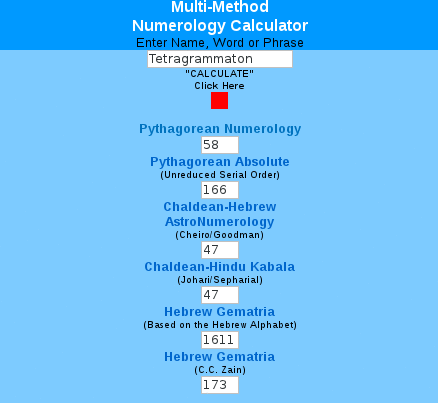


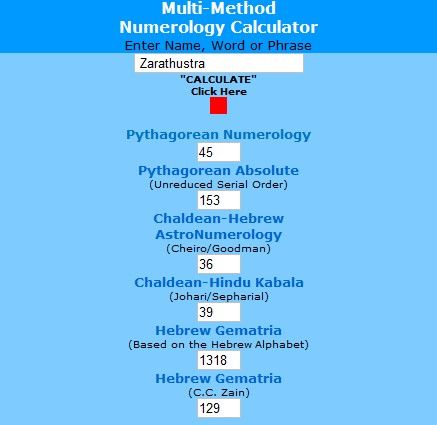
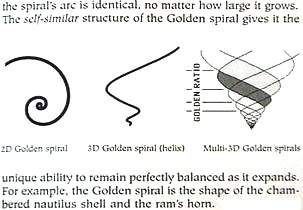

 .... Serendipity
.... Serendipity ....
.... 
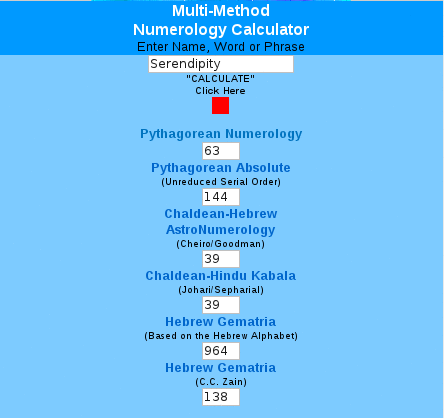
 ....
....  ...
... 


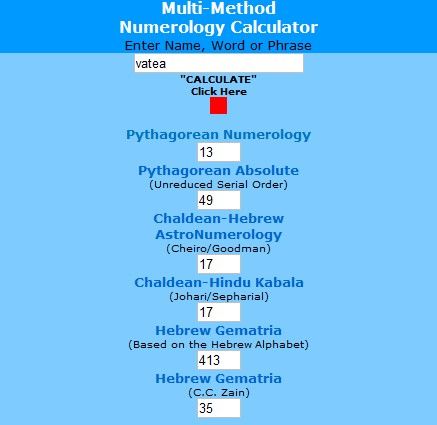


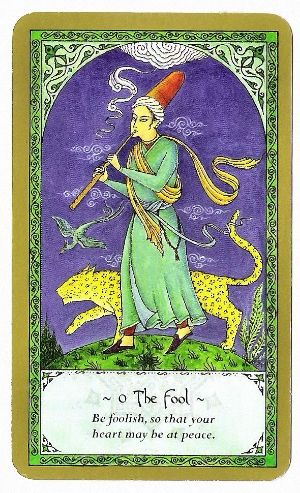



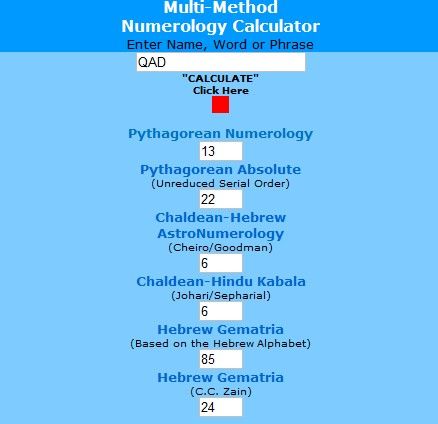







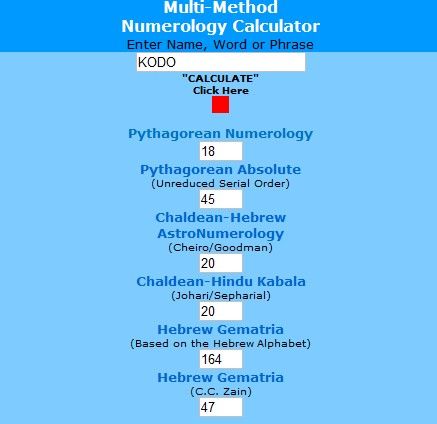

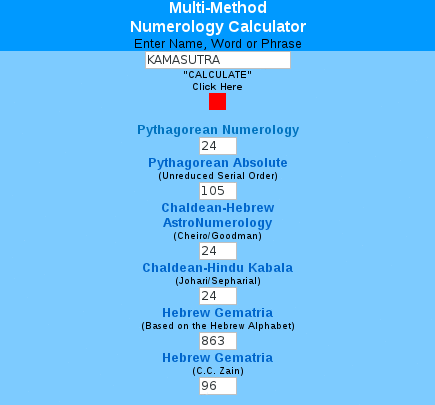
Comment